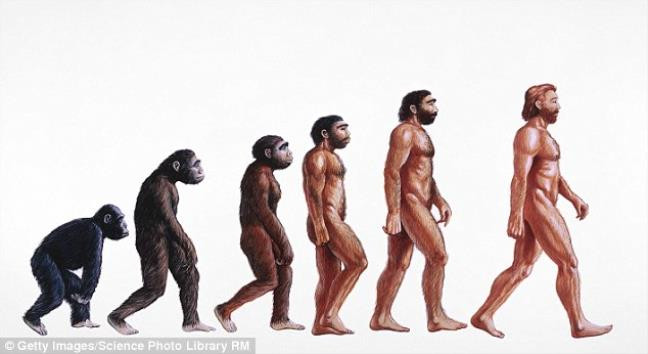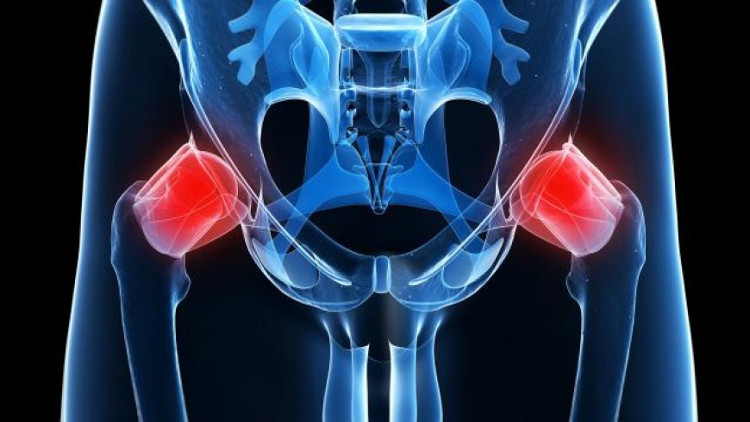This is evidence that human evolution is still very much 'error'.
Evolution is a very long process but not perfect. This is true even for humans.
Evolution is a long and relentless process, which helps organisms grow in a positive direction. If at some time an animal no longer evolved, it would be the end of that species.
However, evolution is not perfect, and this is true for humans. Because recently, experts at Oxford University (UK) have discovered why people often suffer from back and hip pain. The main error is in evolution.

Evolution has made more and more of us suffer from back pain.
Accordingly, the human process of standing up and walking with two legs has a significant impact on the spine. Not to mention, experts also believe that the next generation will be exposed to greater risks and impacts because of the evolution itself.
Specifically, the team has studied the bone structure of more than 300 different species over the past 400 million years. They found that in primates evolved from moving four feet to two feet, the neck of the femur became thicker and heavier.
However, many studies have shown that the thicker this bone is, the easier it is to develop arthritis. That is why more and more people suffer from arthritis and hip pain.

The only way to reduce the risk of arthritis, back pain . is to find a way to practice the right posture.
Moreover, it seems that this trend of bone mass is getting thicker in the next generations. This shows that in the future, human species are more likely to suffer from this disease.
According to Dr. Paul Monk, research director: "We can see joints in young patients tend to be . protruding out. Why humanity to happen this phenomenon? Look in the process of evolution, we have the answer ".
Dr. Monk said the only way to reduce the risk of arthritis, back pain . is to find a way to practice the right posture. Go straight, sit up straight, lie straight - that's the easiest way.
For those suffering from this disease, physical therapy may be the answer. In addition, Dr. Monk said that seriously ill patients should also consider transplanting artificial joints.
- Human evolution
- A new gene shows human evolution
- Where does the error 'Error 404' come from?
- See evolving evidence on your own body
- New discovery of human evolution
- New discovery of human evolution
- Humans are still evolving
- People continue to evolve
- Cooking - an intense breakthrough of evolution
- Viruses change the evolution of humanity
- People cannot predict their own evolution
- Human population increased sharply at the end of the Stone Age
 Discovered an ancient centipede fossil 99 million years old
Discovered an ancient centipede fossil 99 million years old Discovered bat-like dinosaurs in China
Discovered bat-like dinosaurs in China Discovered a 200-year-old bronze cannon of the coast
Discovered a 200-year-old bronze cannon of the coast Discover 305 million-year-old spider fossils
Discover 305 million-year-old spider fossils